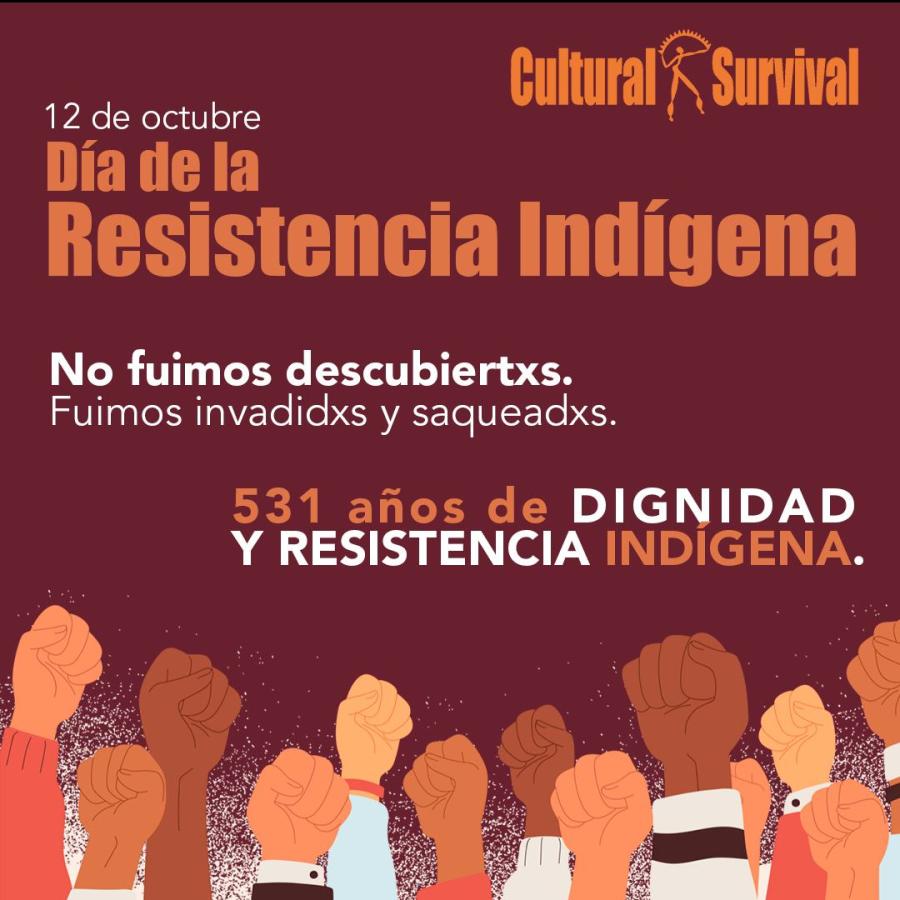Since the 1999 WTO protests in Seattle, a new kind of worldwide activism has gained recognition. The events of the so-called “battle of Seattle” fostered increasing interest in the long-standing anti-corporate globalization movement, and created a model for future mass actions. The movement has generated a great deal of excitement due to its non-hierarchical modes of organization and its embrace of diversity.
Global Uprising is a tribute to the broadly defined social justice movement. A collection of stories and analysis from the actors in the movement and its mentors, this book looks at the movement’s past, present, and future; its strengths and weaknesses; and its possibilities for increased effectiveness. A diversity of voices is the book’s strongest feature. Tales come from around the world, from teenagers to the elderly, from people of many ethnicities and nationalities, and cover a web of interconnected issues. While the book covers such topics as environmental protection, workers’ rights, freedom for immigrants and refugees, prison abolition, alternatives to capitalism, and gender equality, it is perhaps at its strongest when discussing the world’s indigenous peoples and ethnic minorities. In testimonies from outspoken advocates such as Leonard Peltier, as well as less-famous activists like Ha Hsaw Wa, authors insightfully connect issues of indigenous sovereignty and human rights to the global economy, transnational corporate proliferation, and environmental destruction. The book contains a number of testimonies written by indigenous peoples, including the story of the Ogoni people of Nigeria’s struggle against Shell, as told by Owens Wiwa.
Other stories are told by non-indigenous advocates. Most prominent among these is Abbey Reyes’ account of her partner Terence Freitas’ murder while working with U’wa communities in Colombia resisting Occidental Oil. Although Reyes’ story is poignant and engaging, the reader cannot help but think a piece by a member of the U’wa nation, as opposed to a sympathetic North American, focusing solely on the U’wa and Colombia, as opposed to the death of one social activist, might have been more beneficial to the cause and more empowering to indigenous peoples. Although clear attempts have been made to include minorities, the book would gain credibility and poignancy with the addition of more subaltern voices.
Global Uprising’s major accomplishment and shortcoming are one and the same; the format of the testimonial encourages a personalized, nuanced look at activism, but does not allow for direct response. Personal narratives add a human dimension to social critique, which can often become sterile and lacking in emotion. Unless the author is self-critical, however, the reader is left without direct counters to any given argument. The book is at its strongest when activists disagree on ideology and tactics, and look critically at the movement. One overarching and prescient critique present in many of the stories is a call for an increased focus on working-class struggles. Many praise the movement for its work thus far but see a limited future in any movement that does not directly involve the urban poor. This kind of introspective analysis is essential to the growth of any social movement. Although some of the authors praise the anti-corporate movement for its propensity toward self-criticism, these references are largely self-aggrandizing, and are not backed by any specific critiques. While the individual stories succeed in pointing out the details of various aspects of the struggle, one is left with a desire for more dialogue between authors.
Embodying the anti-corporate globalization’s organizing principles, Global Uprising is creatively structured to provide links between seemingly disparate causes. With no thematic headings, the stories flow from theme to theme, letting the reader make the connections between cases. Stories are broken into the categories of context, tactics, mentor, witness, organization and resources; at the end of almost every testimony is a short biography of the author and a link to a Web site with more information on the topic discussed. The book is filled with pictures of the authors, protest scenes, and propaganda. It concludes with an epilogue cataloging the effects of the events of September 11, 2001, on the movement, as well as a list of resources listed thematically to encourage further engagement with the stories.
Global Uprising largely succeeds in its goal to link diverse voices and issues into a coherent case for change in the global order, and makes an important contribution to the growing body of ant-corporate globalization literature.
Sam Stein is a student at Sarah Lawrence College and a Cultural Survival intern.



